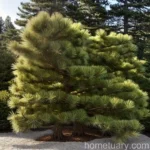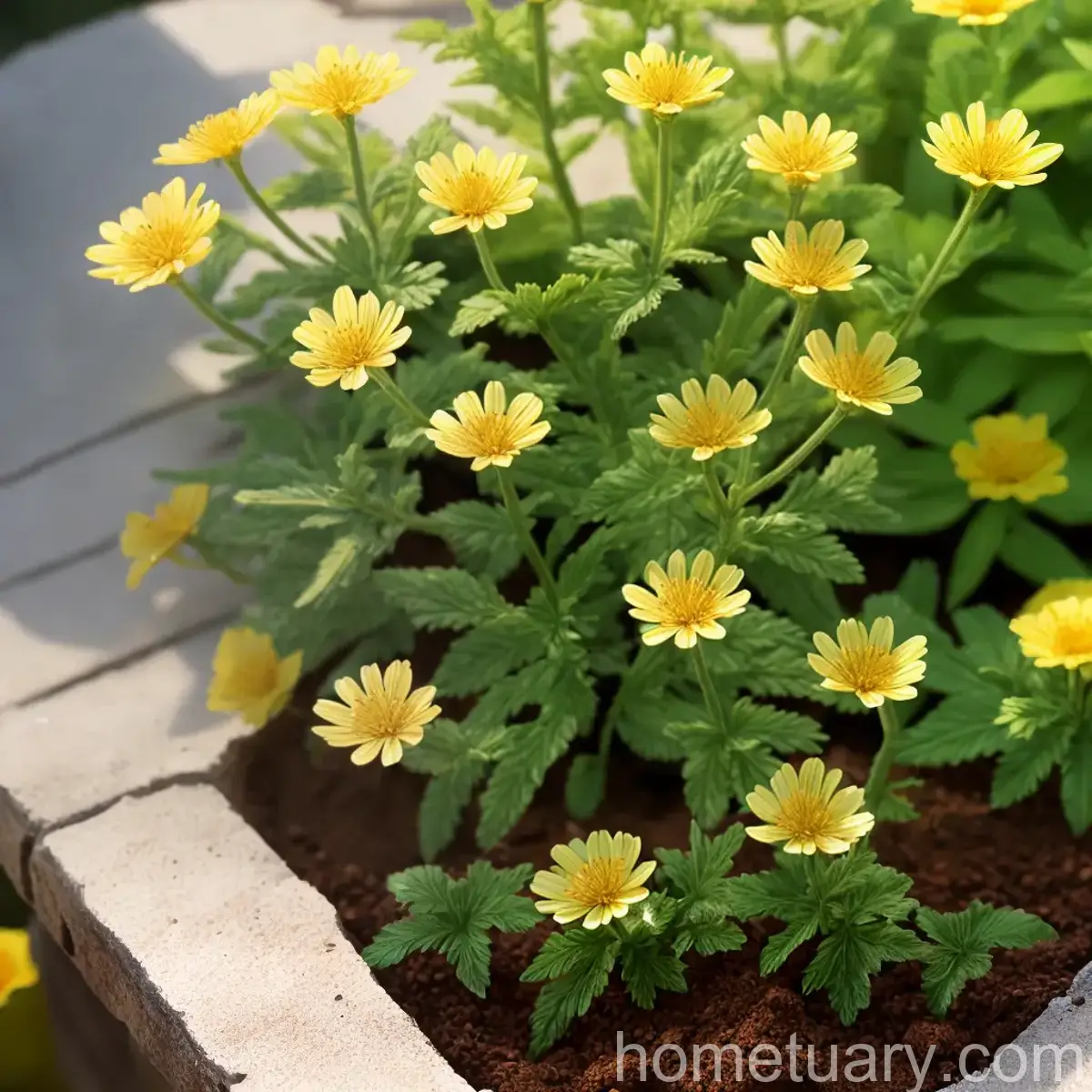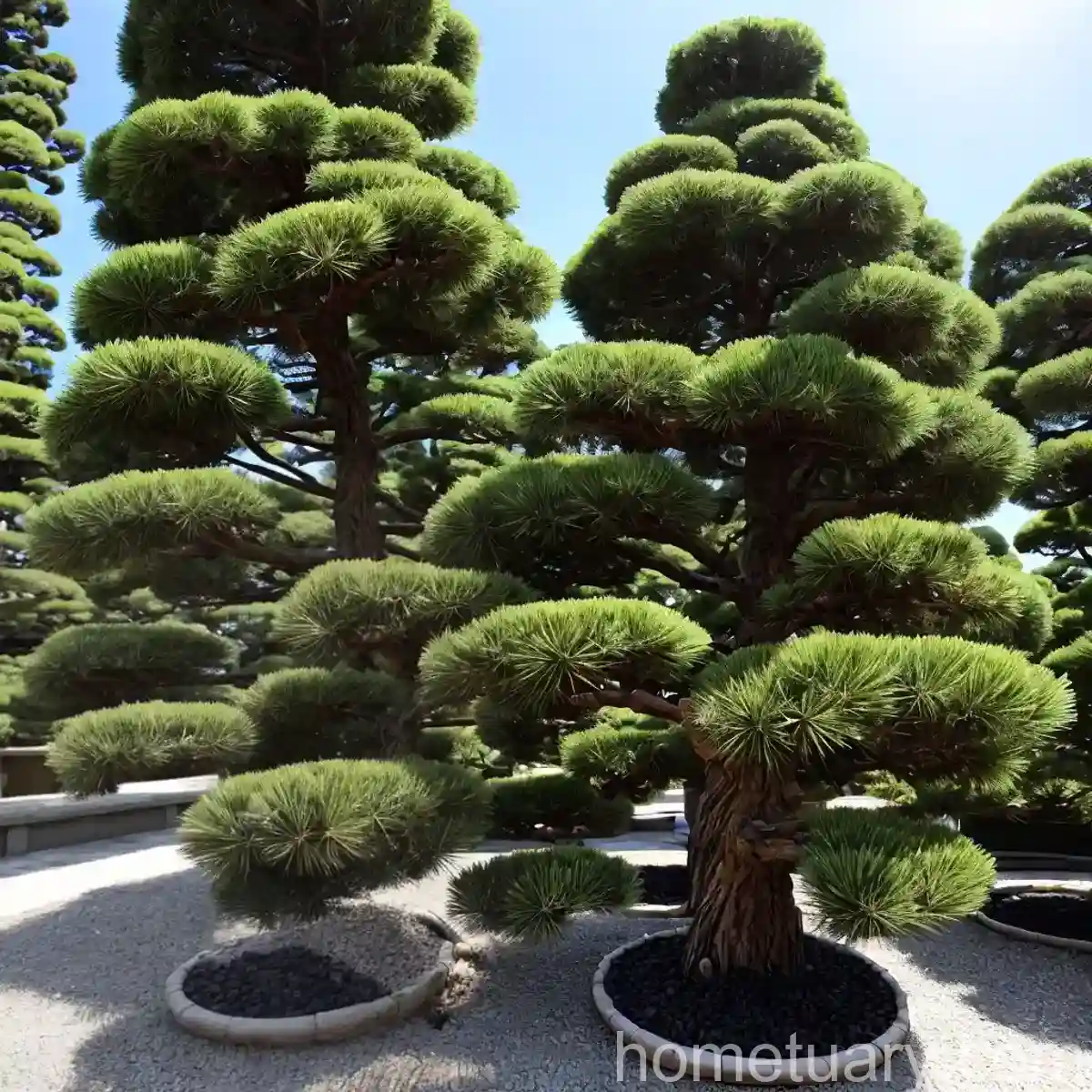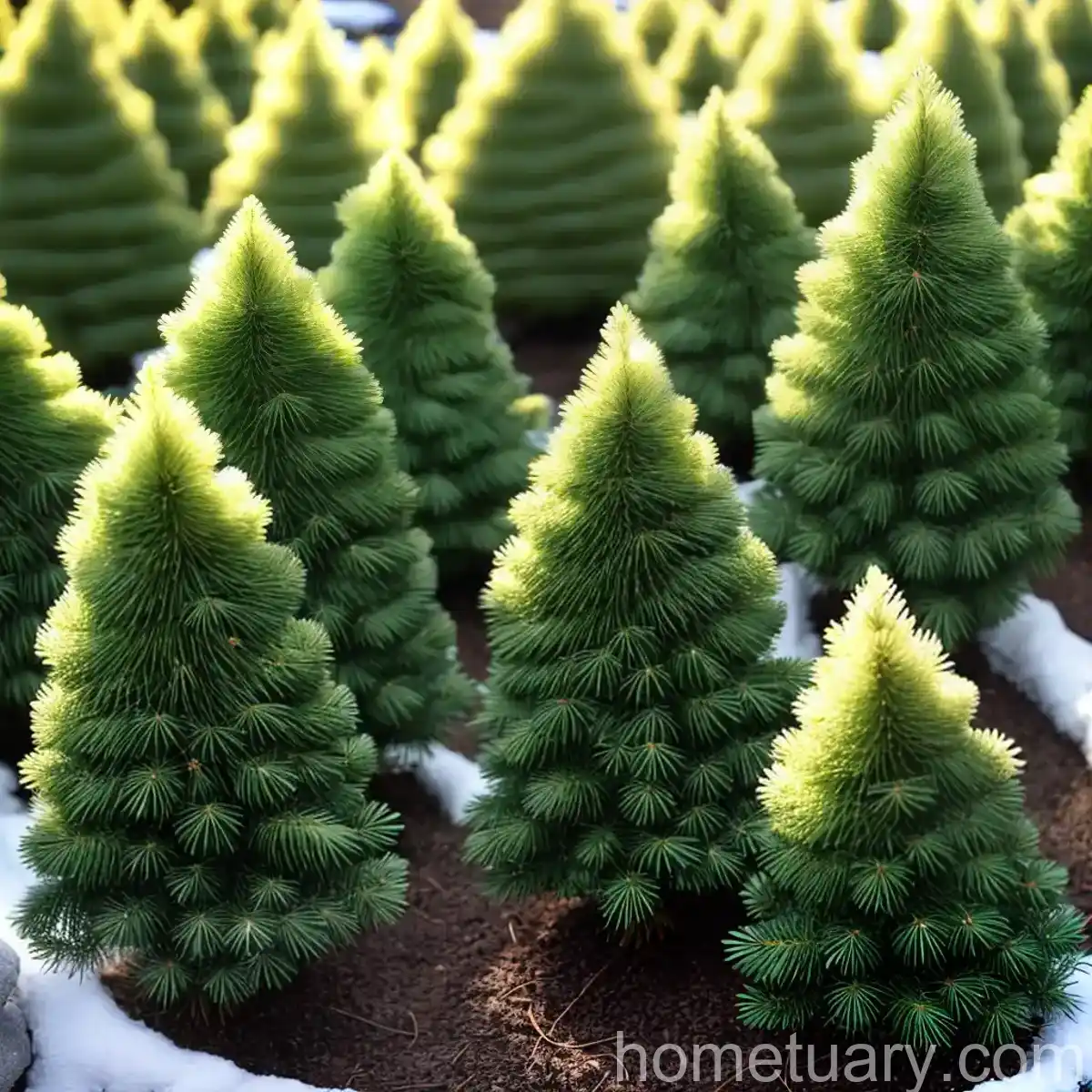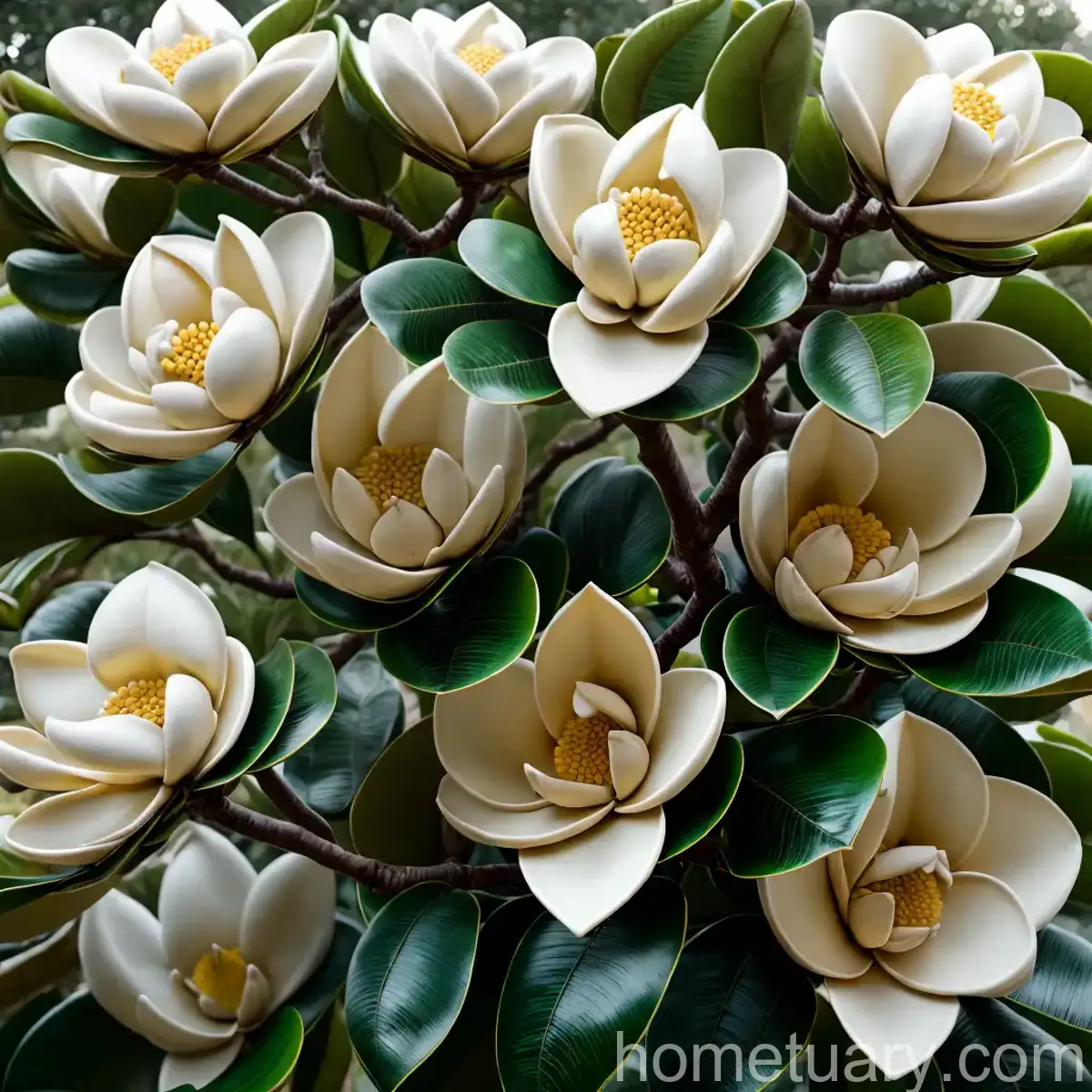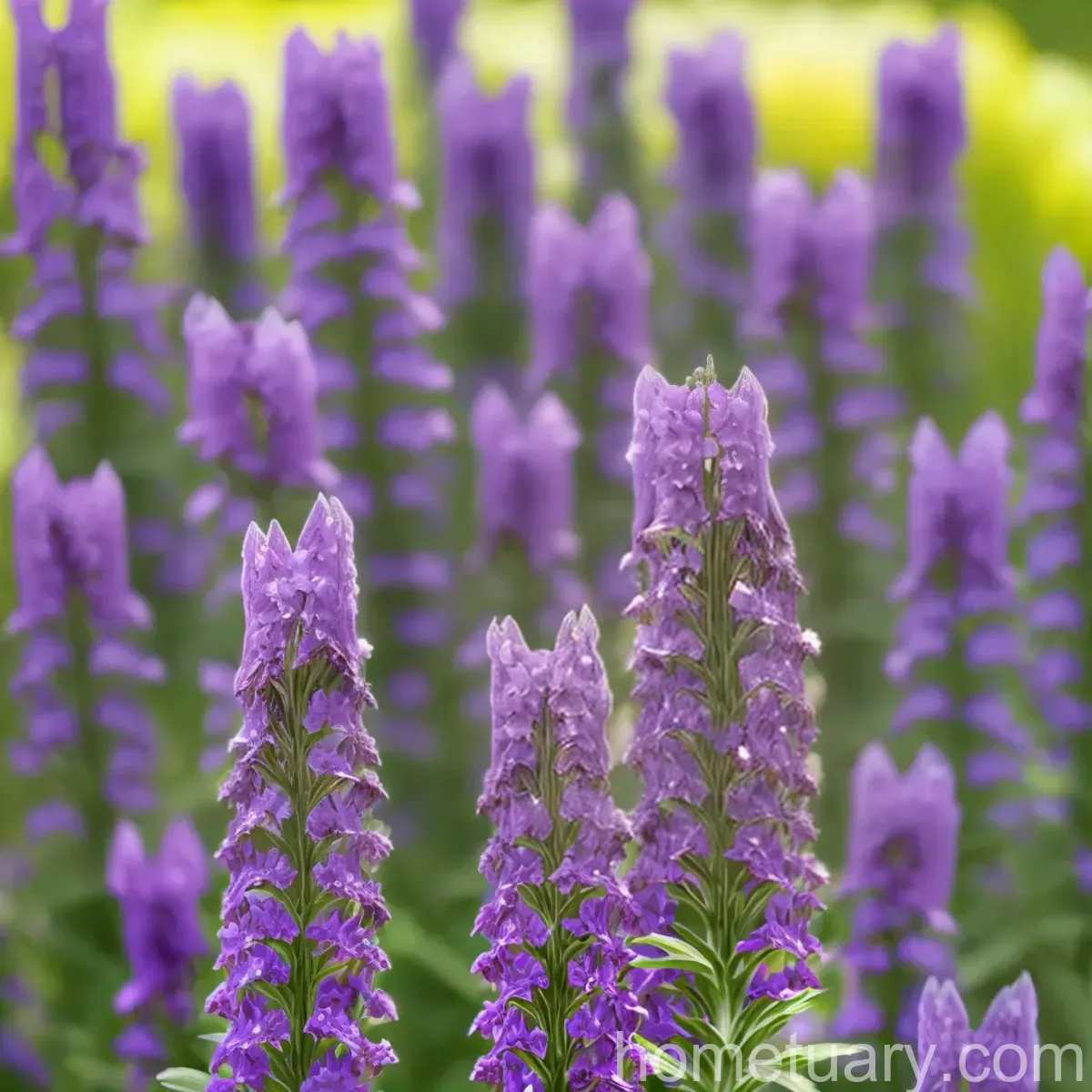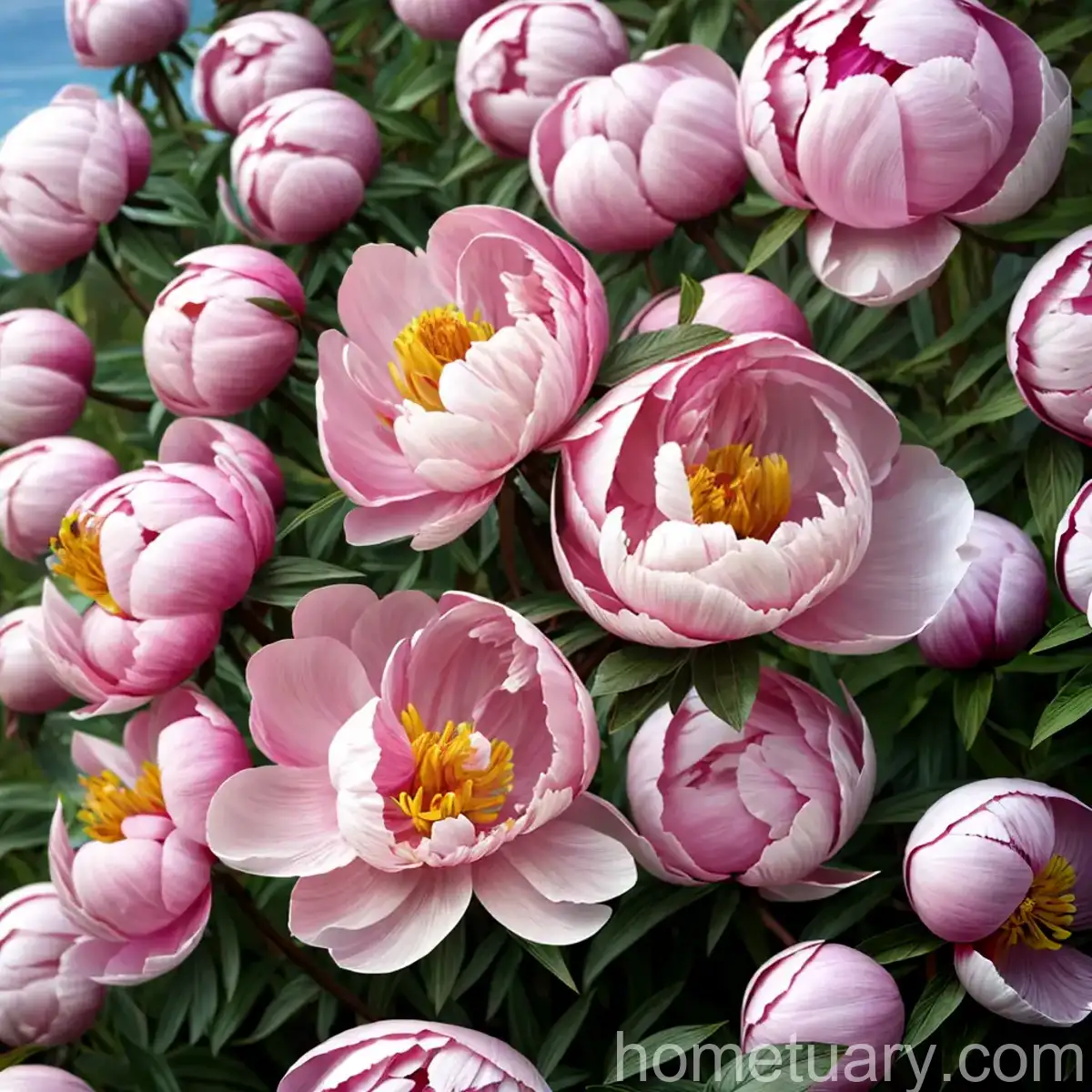Hainan White Pine (Pinus fenzeliana)
In the world of flora, the Hainan white pine (Pinus fenzeliana) stands out as a remarkable specimen. This blog post explores the intricate details related to the Hainan white pine, from its cultural significance to its propagation and maintenance.
What is Plant: Hainan White Pine (Pinus fenzeliana)
The Hainan white pine, scientifically known as Pinus fenzeliana, is a species of pine tree belonging to the Pinaceae family. This species, native to China, particularly in the Hainan province, is an evergreen conifer that grows up to 25 meters in height. The Hainan white pine is renowned for its ornamental value, ecological significance, and traditional uses.
Key Takeaways – Hainan White Pine (Pinus fenzeliana)
Before delving into the details, here are the key takeaways about the Hainan white pine:
Hainan White Pine Information
- Scientific Name: Pinus fenzeliana
- Common Name: Hainan White Pine
- Family: Pinaceae
- Native Habitat: Hainan Province, China
- Conservation Status: Not listed as endangered
Hainan White Pine Characteristics
The Hainan white pine boasts several distinctive characteristics that contribute to its appeal and relevance. Understanding these traits is essential for its successful cultivation and conservation.
Description
- The Hainan white pine features long, slender, evergreen needles that range in color from bluish-green to dark green.
- Its bark is thin, grayish-brown, and develops furrows with age.
- The tree typically grows in a conical shape, with branches extending horizontally and forming a dense crown.
Habitat and Distribution
- The Hainan white pine is endemic to the Hainan province in China. It thrives in high-altitude mountainous regions and can endure harsh environmental conditions, including low temperatures and strong winds.
Uses
- Traditionally, the Hainan white pine has several uses, including timber for construction, furniture making, and fuel.
- In contemporary times, its ornamental value has gained significance, and the species is often cultivated in gardens, parks, and arboretums.
Growing Hainan White Pine
When it comes to cultivating the Hainan white pine, understanding its cultural requirements is imperative. Here’s a comprehensive overview of its growth needs:
Water
- The Hainan white pine prefers a moderate amount of water, especially during its initial stages of growth. Once established, the tree demonstrates some resilience to drought conditions.
Sunlight
- This resilient pine species thrives in full sunlight and prefers well-drained soil with ample exposure to sunlight.
Fertilizer
- When cultivating the Hainan white pine, it’s crucial to provide well-balanced fertilization during the growing season. A slow-release, balanced fertilizer can support its growth and development.
Soil
- The Hainan white pine prefers acidic, well-draining soil with a pH range of 4.5 to 6.0. It’s essential to avoid waterlogged or compacted soil, as this can be detrimental to the tree’s health.
Pruning
Pruning the Hainan white pine is essential for shaping its growth and maintaining its health. Proper pruning techniques ensure the tree’s longevity and visual appeal.
Pruning Techniques
- Light pruning to remove dead, damaged, or diseased branches is advised.
- Avoid extensive pruning to maintain the tree’s natural conical shape and minimize stress on the plant.
Propagation
For those interested in propagating the Hainan white pine, understanding effective propagation techniques is crucial for successful reproduction.
Propagation Methods
-
Seed Propagation: Collect mature cones in autumn and extract the seeds. Utilize well-drained, acidic soil for planting and maintain consistent moisture levels until germination.
-
Cutting Propagation: Select semi-hardwood cuttings and place them in a rooting hormone. Plant the cuttings in well-draining soil and maintain moist conditions until rooted.
Container Popularity
The Hainan white pine is increasingly popular as a container plant for gardens, patios, and urban landscapes. Its distinctive foliage and low-maintenance nature make it an attractive choice for container gardening.
Container Common Diseases
When cultivating the Hainan white pine in containers, it’s essential to be mindful of potential diseases that may affect the plant’s health.
Disease Diagnosis
- Common diseases affecting the Hainan white pine in containers include needle blight, root rot, and canker diseases. Regular monitoring and prompt intervention are crucial for disease management.
Common Pests
Container-grown Hainan white pines are susceptible to pests that may impact their vigor and overall growth.
Pest Management
- Keep an eye out for common pests such as pine sawflies, spider mites, and scale insects. Regular inspection and the use of horticultural oils or insecticidal soaps can help manage pest infestations.
Botanist’s Tips
As a botanist and plant enthusiast, there are several tips and insights to share about the Hainan white pine:
Fun Facts
- The Hainan white pine is known for its adaptive nature, thriving in challenging environments and showcasing resilience to harsh weather conditions.
- This pine species exhibits exceptional ornamental value, adding an elegant touch to landscapes and gardens.
Links to External Resources
For further exploration of Hainan white pine (Pinus fenzeliana) and related topics, the following external resources are valuable:
By harnessing comprehensive insights into the Hainan white pine and its cultivation, enthusiasts and horticulturists can foster a deeper appreciation for this remarkable plant species. Whether it’s for ornamental landscaping, ecological conservation, or traditional uses, the Hainan white pine stands as a testament to nature’s enduring beauty and utility.




